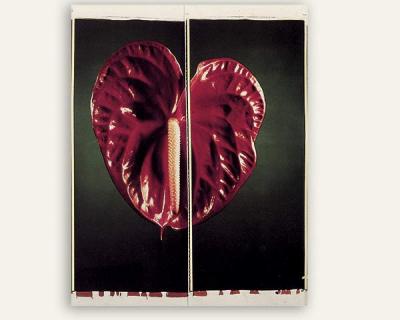Chuck Close’s Photos Further Developed

Over the years, the painterly products of Chuck Close’s photographs have transcended the art world to become part of popular culture, while the source material has been mostly held back from consideration.
The Parrish Art Museum will help change that with an exhibition opening this week devoted entirely to his source material as well as his experiments in the medium moving from black-and-white film to Polaroids, and even through photographic history to daguerreotypes, one of the earliest photographic processes.
During a visit by The Star to his Bridgehampton studio in 2005, one of his 24-by-20-inch Polaroids was clipped to an easel with a Mylar grid on top of it, angled to reflect the angle of the canvas Mr. Close was painting on that day. In the Parrish show, it will be his photographs, often much larger individual images or quite vast combinations of details, that take center stage.
The museum will show 91 images from 1964, the year he received his M.F.A. from Yale University, up to the present. The subjects will include images familiar from his most famous series, what he calls “Heads,” of himself and friends and colleagues, such as Klaus Kertess and Ray Johnson.
Early nudes, presented with gridlines or in composites of details, and follow-up versions from the 1980s, often presented in diptychs or multiple panels, are joined by daguerreotypes of similar subjects and details grouped in the same way. His most recent set of nudes, presented as compound images of large-format Polaroids, will also be on view.
An unusual series of plants are presented much the same way as his “Heads” — up close and on a monochromatic background. They were executed in Polaroid prints during 1987.
“Chuck Close Photographs” will open to the public on Sunday and will be on view through July 26.
